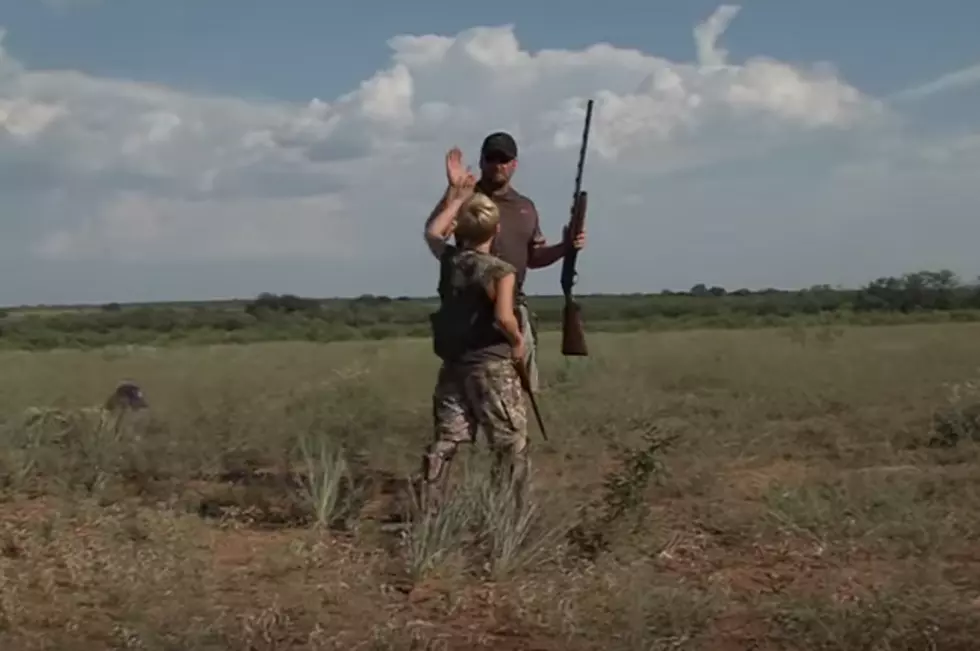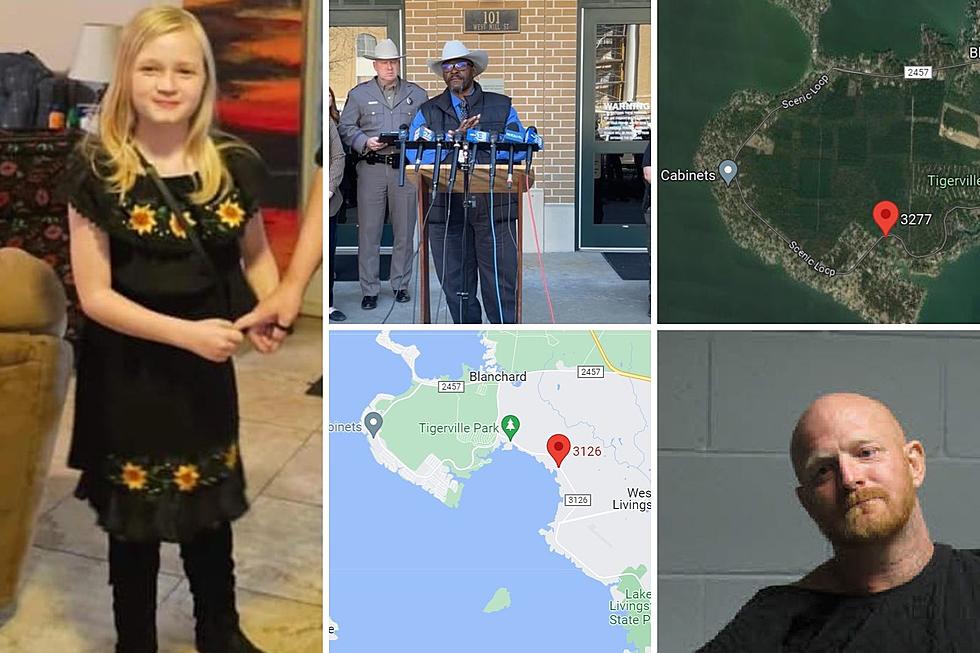
Expanded Season, Plentiful Doves Mean Big Hunting Season Ahead
Dove hunting season gets underway September 1st, and officials with the Texas Parks and Wildlife Department (TPWD) are forecasting a big year for hunters. One big reason for that is that this season will be longest in 80 years.
According to a release from TPWD, a new 90-day season this fall means hunters will have 20 more days of opportunity compared with previous years. The Texas Parks and Wildlife Department is integrating those additional days early in the season to take advantage of mourning dove migrating into the state, as well as at the end of the season in the Special White-winged Dove Area to offer more bird hunting opportunities.
“Hunters will now be able to take advantage of those northern birds riding early November cool fronts into Texas, without sacrificing days of opportunity early in the season,” said Dave Morrison, TPWD Small Game Program Director. “We’ve also tacked on extra days to the back end of the season in late January when South Texas prospects are still pretty solid. It’s a win-win for dove hunters.”
Roughly 10 percent of the nation’s 350 million mourning dove reside in Texas, along with about 9 million white-winged dove. Each fall, over 415,000 Texas dove hunters take to the field in pursuit of these acrobatic, fast-flying game birds. Based on field observations by TPWD wildlife biologists, prospects for the 2016-17 hunting season are good to excellent.
“During the start of breeding season (March) in Texas, habitat conditions for dove were good to fantastic, thanks to the carryover of precipitation from 2015,” said Shaun Oldenburger, TPWD Dove Program Leader. “Biologists witnessed good early production on both white-winged and mourning doves throughout the state until the May rains arrived. However, good production was witnessed in June and July as more sporadic, isolated storm events continued across the state.”
Based on early survey results at TPWD, mourning dove numbers may be some of the highest in more than a decade in the Panhandle with similar numbers as 2015 in the rest of the state. White-winged doves continue to increase in numbers across the state, but the growth is gradually slowing.
“Hunters should be prepared for good seed production across the state, so there will be plenty food available for mourning doves except in areas where flooding occurred,” said Oldenburger. “This may make hunting a little more difficult due to thick vegetation cover, and hunters will need to spend a little more time finding downed birds in areas due to this issue during opening day in some areas.”
Dove season in the North Zone runs Sept. 1 – Nov. 13 and Dec. 17 – Jan. 1, 2017; in the Central Zone from Sept. 1 – Nov. 6 and Dec. 17 – Jan. 8, 2017; and in the South Zone from Sept. 23 – Nov. 13 and Dec. 17 – Jan. 23, 2017. The daily bag limit for doves statewide is 15 and the possession limit 45.
In the Special White-winged Dove Area, the season runs Sept. 3-4, 10-11, Sept. 23 – Nov. 9, Dec. 17 – Jan. 23, 2017. During the early two weekends in the Special White-winged Dove Area, hunting is allowed only in the afternoon and the daily bag limit is 15 birds, to include not more than two mourning doves and two white-tipped doves. During the general season opens, the aggregate bag limit is 15 with no more than two white-tipped doves.
For novice dove hunters or those new to the sport, TPWD is offering Hunting 101 workshops this year dedicated to dove hunting. These 3-8 hour, hands-on seminars and workshops are designed for family members of all ages to learn more about the animals hunted, tools used in hunting and the shooting sports and where to go in Texas to enjoy these activities. Class schedules are available online or by contacting the TPWD Hunter Education Department at 512-389-4999.
Hunters are reminded that all current hunting licenses expire Aug. 31 and in addition to a 2016-17 hunting license, anyone born after Sept. 1, 1971, must successfully complete a hunter education training course. Those under 17 and those 17 and older who purchase a one-time deferral license may hunt legally in Texas if accompanied by a licensed hunter 17 years or older who has passed hunter education or who is otherwise exempt. Accompanied means being within normal voice control. The TPWD Hunter Education certification is valid for life and is honored in all other states and provinces. More information on hunter education certification is available online.
A Migratory Game Bird endorsement and Harvest Information Program (HIP) certification are also required to hunt dove. HIP certification involves a brief survey of previous year’s migratory bird hunting success and is conducted at the time licenses are purchased.
Hunting and fishing regulations for the new season can be found in the 2016-2017 Outdoor Annual, available in print form at license retailers; digital version online and in the free Outdoor Annual mobile app available for Apple and Android devices.
Dove Hunting Tips
Dove hunters can improve their game and increase their odds of having a successful outing by following these important tips from the Texas Parks and Wildlife Department (TPWD).
Practice with a purpose: Get the gun out well ahead of the hunt and take some “batting practice” swinging on birds. “Even practicing leading a bird without shooting can improve your accuracy,” according to TPWD dove program leader Shaun Oldenburger. “The average hunter takes five shots to bag one dove; that’s three boxes of shotgun shells to get your bag limit! Effective shooting leads to better hunts and more birds in the bag.” Shoot at least a couple boxes of shotshells at clay targets to get your timing, shooting stance, head, gun mounting and follow through in sync.
Know your limitations: Pattern your shotgun on paper targets with different chokes, loads and at various distances within 30 yards, where dove loads are most effective. Not all guns, chokes and loads pattern the same. Practice estimating distances to spots and then verify them with a rangefinder. You’ll better understand your distances from birds and be able to make more effective shots and reduce crippling loss.
Know the routines: Mourning doves will typically be going to fields from roost locations to feed early in the morning, but there’s also good hunting opportunities during mid-morning or even mid-afternoon at watering holes in areas with good dove concentrations. Birds won’t be flying in flocks, but it can be some great hunting as singles and doubles look for daily drinking water. White-winged dove flocks always seem to be flying in and out of an effective gun range; make sure to single out individual birds that are lower than others when shooting to be more effective.
Be safe: Always be aware of your shooting lanes and locations of other hunters, which can change constantly when birds are coming in and the action gets hot. Shooting outside of a safe zone of fire is the #1 cause of hunting accidents in Texas, mostly during dove hunting.
More From Kicks 105









